Russian Whopper Cold Hardy Pomegranate
Punica granatum ‘Russian Whopper’
Plant Details
USDA Plant Hardiness Zones: 7a-11 Find Your Zone
Plant Type: Deciduous Fruit Tree
Requires Pollinator? No, but two plants can enhance pollination
Chilling Hours: None Required Learn more here
Height at Maturity: 10-12′
Width at Maturity: 10-12′
Growth Habit / Form: Rounded, Upright
Growth Rate: Moderate to Fast
Flower Color: Orange
Flowering Period: Spring
Foliage Color: Green
Fruit Color: Orange-red
Fruit Size: Very Large, 5-6″ diameter
Fruit Taste: Said to be one of the sweetest of any pomegranate!
Fruit Size: Very Large, 5-6″ diameter
Fruit Taste: Said to be one of the sweetest of any pomegranate!
Ripening Period: Summer to Early Fall depending on location
Sun Needs: Full to Mostly Sun
Water Needs: Average, low when established
Soil Type: Clay, Loam, Silt, Sand
Soil Moisture / Drainage: Moist But Well-Drained
Soil pH: 5.5 – 7.0
Maintenance / Care: Low
Description
The new Russian Whopper Pomegranate produces fruits the size of a grapefruit! Russian Whopper has survived 10F here in Georgia and is known to be hardy in Zone 7, where average winter-low temperatures can go to zero Fahrenheit. In spring through early summer it produces lots of showy fluorescent orange flowers that are followed by large, 5 to 6 inch diameter bright orange-red fruit that are filled with delectable, nutrient-packed, dark red seeds that are amazingly sweet. Russian Whopper is self-pollinating so you only have to plant one, but two plants enhances pollination and increases fruit production.
Russian Whopper is a hard seeded pomegranate variety.
NOTE: As with all of our other plants and trees, all of our fruit plants are grown in containers outdoors so they are fully rooted and landscape-ready upon arrival.
Landscape & Garden Uses
Growing up to 12 feet tall and wide with a naturally rounded shape, the Russian Giant Pomegranate can be grown as a large shrub or lower branches can be removed to form an attractive small tree. Its electric-orange flowers, red fruits, and attractive foliage make ideal for use as a specimen or in groupings in the ornamental landscape or backyard orchard. A fine addition to fruit gardens, tropical look gardens, orange and red theme gardens and cottage gardens.
Suggested Spacing: 15 feet or more for space between plants
Growing Preferences
When planted right, and in the right spot Pomegranates are very easy to grow.
Soil Preferences: Though pomegranates will tolerate most any type of average garden soil, as with most other fruit trees, Pomegranate grow best in a deep, loam soil rich in organic matter. Constantly soggy or wet soil can be problematic. So make sure to plant in a well-drained site. Brief periods of flooding won’t cause problems provided the soil is well-draining. If you live in an area that can experience long rainy periods it’s best to plant Pomegranate on raised beds or mounds. The soil pH tolerance for Pomegranate is wide as well. They will grow in moderately acid to moderately alkaline soils that range from 4.5 to 8.2 on the pH scale, so pH usually isn’t a concern.
Sun Preferences: The best and most pomegranate fruits will be produced when plants are growing in full sun. However, pomegranate plants that receive a little shade during the hottest part of summer days will still produce good crops.
PLEASE NOTE
The USDA Plant Hardiness Zones are the standard by which gardeners and growers can determine which plants are most likely to thrive at a specific geographic location. The zones are based on the average annual minimum winter temperature, divided into 10 degree F zones. That said, due to that any specific location can experience an unusually cold winter, where temperatures drop below the typical average indicated in the USDA Zone Plant Hardiness Zones data, the zones are not always 100% accurate. Therefore, in USDA Zone 7 we suggest providing some winter protection for your Russian Giant Pomegranate tree when temperatures are forecast to drop below 10F. A 3 to 4 inch layer of mulch will help protect the roots during winter. Mulch can be thinned to 1 to 2 inches when temperatures warm in spring. Planting your Russian Giant on the east or side of a home, or in a location where it will be sheltered from north and western winds, will also help to provide protection during the cool season.
For more helpful tips see: How To Protect Plants From Cold Weather
Helpful Articles
Click on a link below to get helpful advice from our experts on how to plant and care for Pomegranate bushes or trees.
How To Plant A Pomegranate Bush Or Tree
How To Prune A Pomegranate Bush Or Tree
How To Fertilize & Water A Pomegranate Bush Or Tree
How To Make A Pomegranate Tree To Produce More Fruit
Plant Long & Prosper!
Meet The Wilson Brothers & Staff
Questions? Contact Us!
Be the first to review “Russian Whopper Cold Hardy Pomegranate – 3 Gallon Pot” Cancel reply
Related products
Sale!
Sale!
Fast Growing Trees
Sale!
Sale!
Sale!
Sale!
Sale!
Sale!



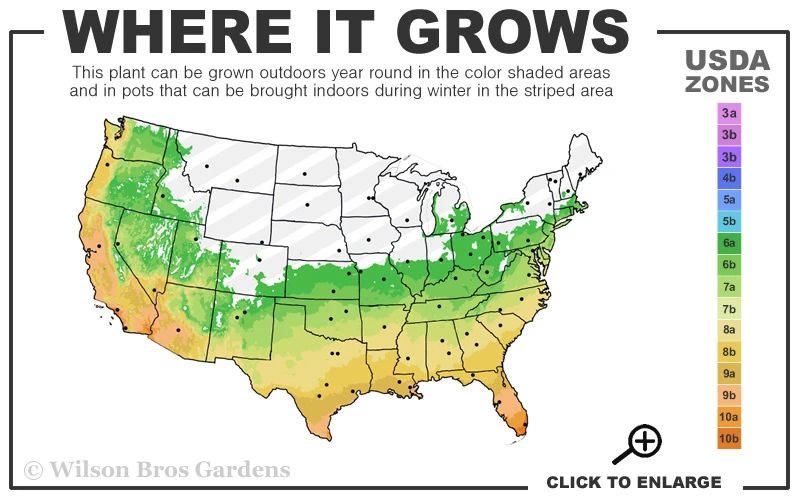

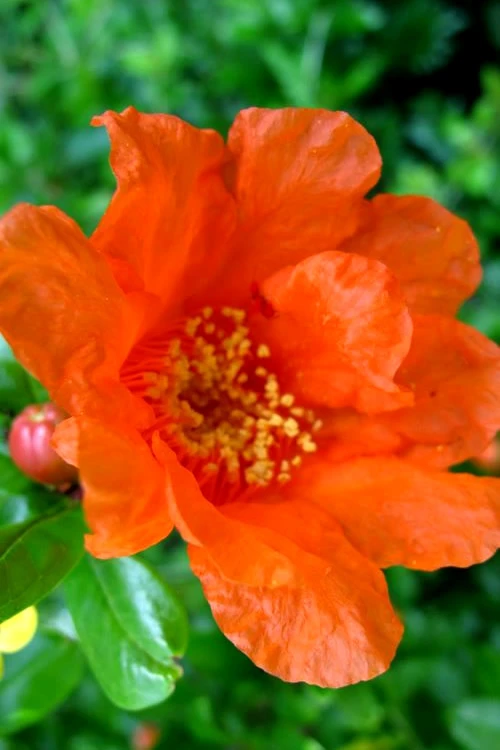
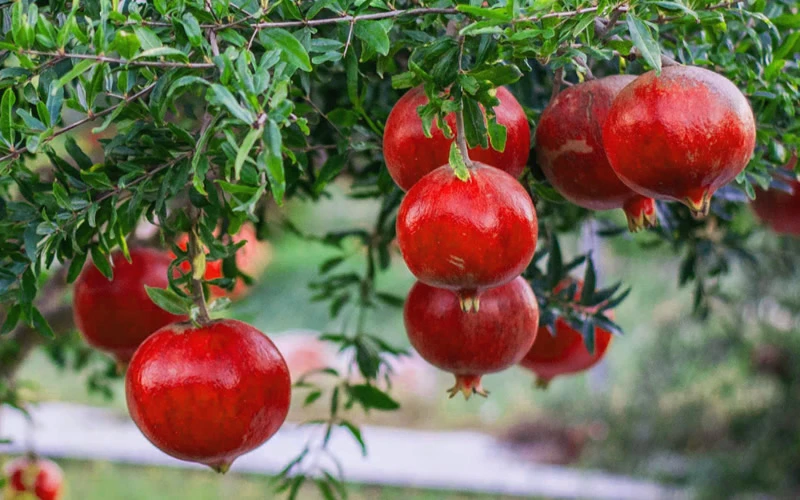
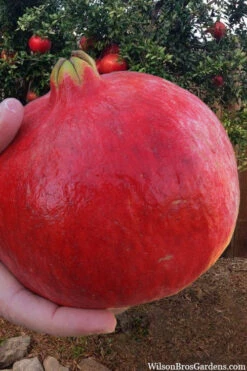
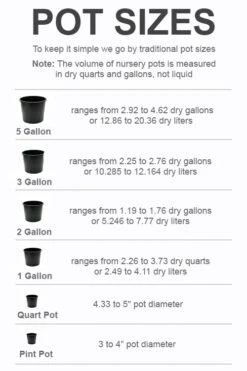





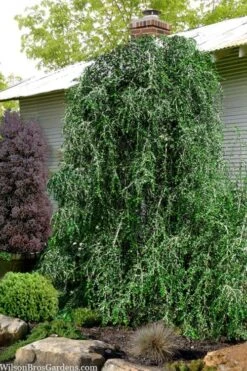
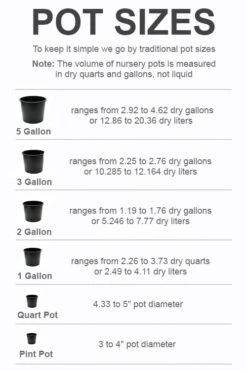
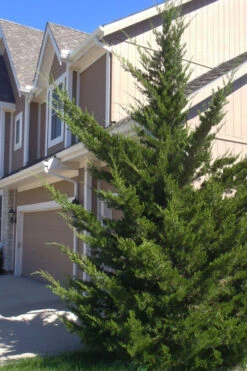
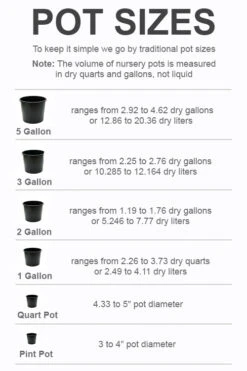
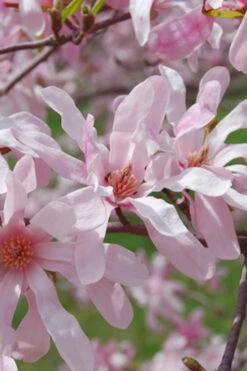

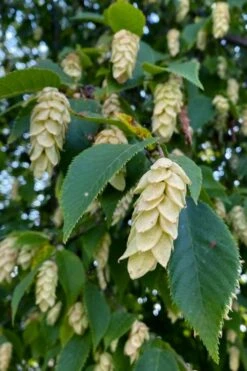


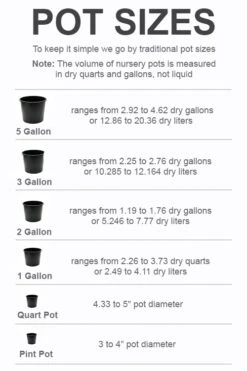
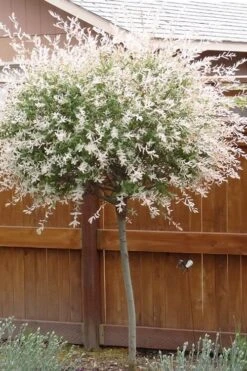
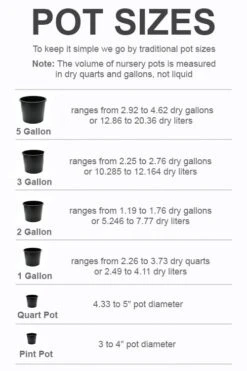
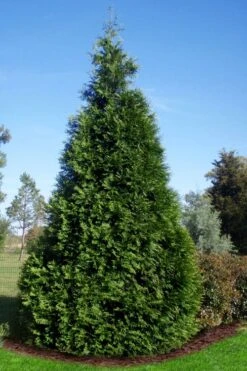
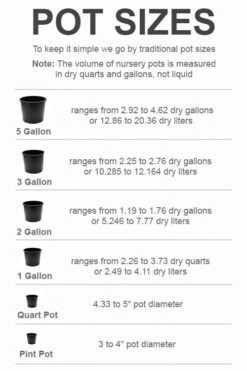

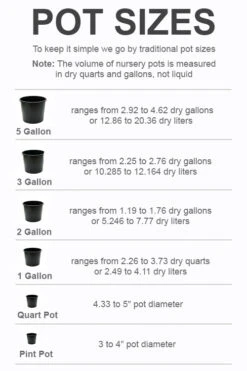
Reviews
There are no reviews yet.